Architectural photography is a pretty wide genre, and while you may know some ways to photograph architecture, I bet that you don’t know all of them. Let’s dive into the architectural world and discover many ways to capture buildings and interiors!
The first distinction we’ll make here is commercial versus fine art. Commercial photography depicts buildings and interiors in an accurate, realistic, documentary way. It’s most often commissioned by a client. Fine art photography doesn’t need to be accurate or realistic. It can be commissioned as well, but often isn’t.
Commercial architectural photography
Let’s start with the commercial side. A first genre of commercial architecture is real estate photography. Many commercial photographers start with real estate and evolve into other genres. Images need to show the different rooms of the house (or condo), usually with a wide-angle lens to make the place look bigger than it is.
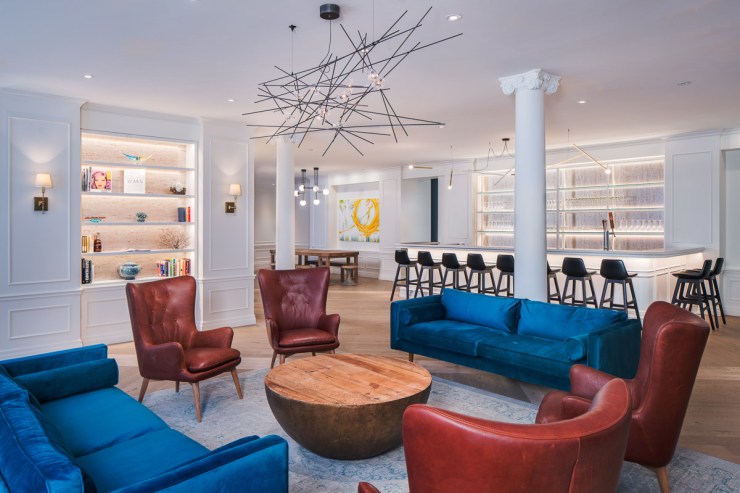
Photographing for interior designers is a little different, as they want a more accurate depiction of the space. No wide-angle, distorted views in this case. Use a 24mm or longer lens. Detail shots of the furniture and decoration are important too. Interior photography is often focused on residential spaces or hospitality (hotels and restaurants). Many photographers use strobes or flashes to light residential spaces.
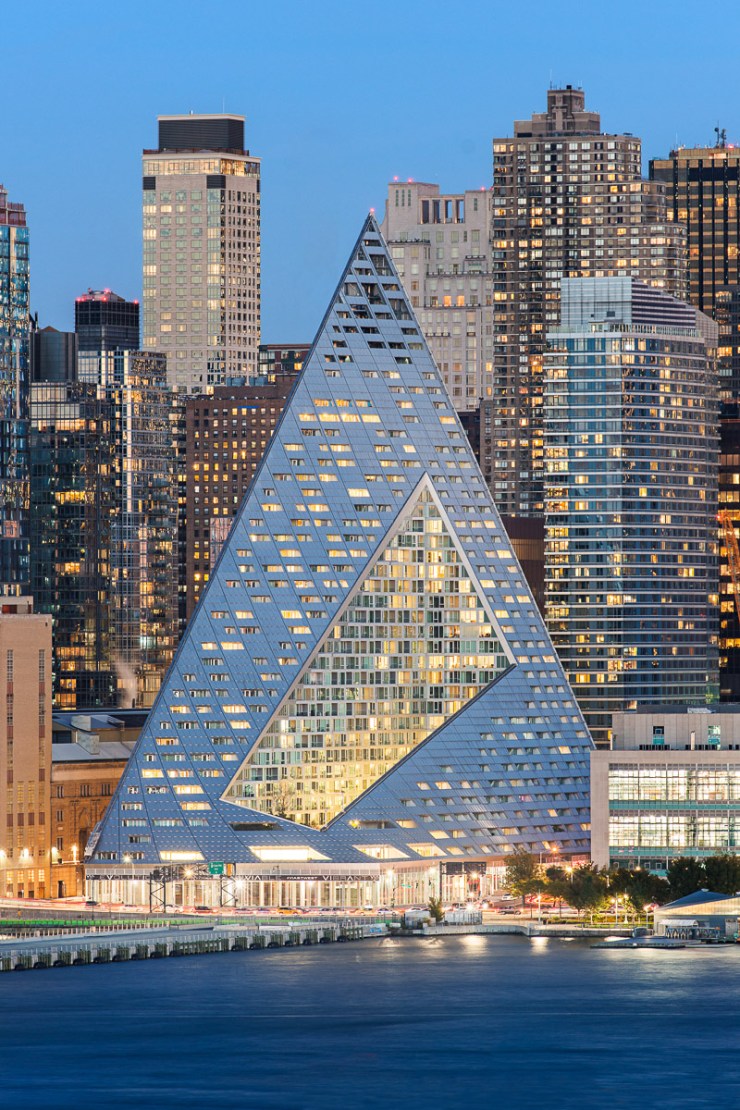
Larger architecture firms need photography for a variety of buildings: Institutional (universities, libraries, etc.), commercial (office towers, retail), residential (condo towers), healthcare and more. While exteriors are a big part of the photoshoot, some interiors are often included as well.
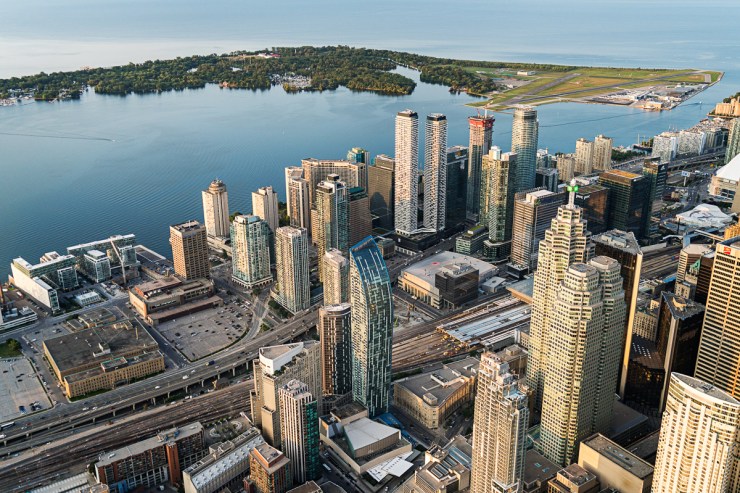
Aerial photography can apply to any genre, but in this case, the goal is to capture a building from an elevated point of view. It can be achieved via a drone, a plane or a helicopter (one could argue from a higher rooftop as well). The goal is often to capture the building in its environment, to give some context.
Fine art architectural photography
Fine Art Architecture is more about exploring the aesthetics, shapes and features of the architecture. There’s more flexibility in terms of creativity, and black and white images are common. You can go wide to capture an entire space or zoom in to isolate details.
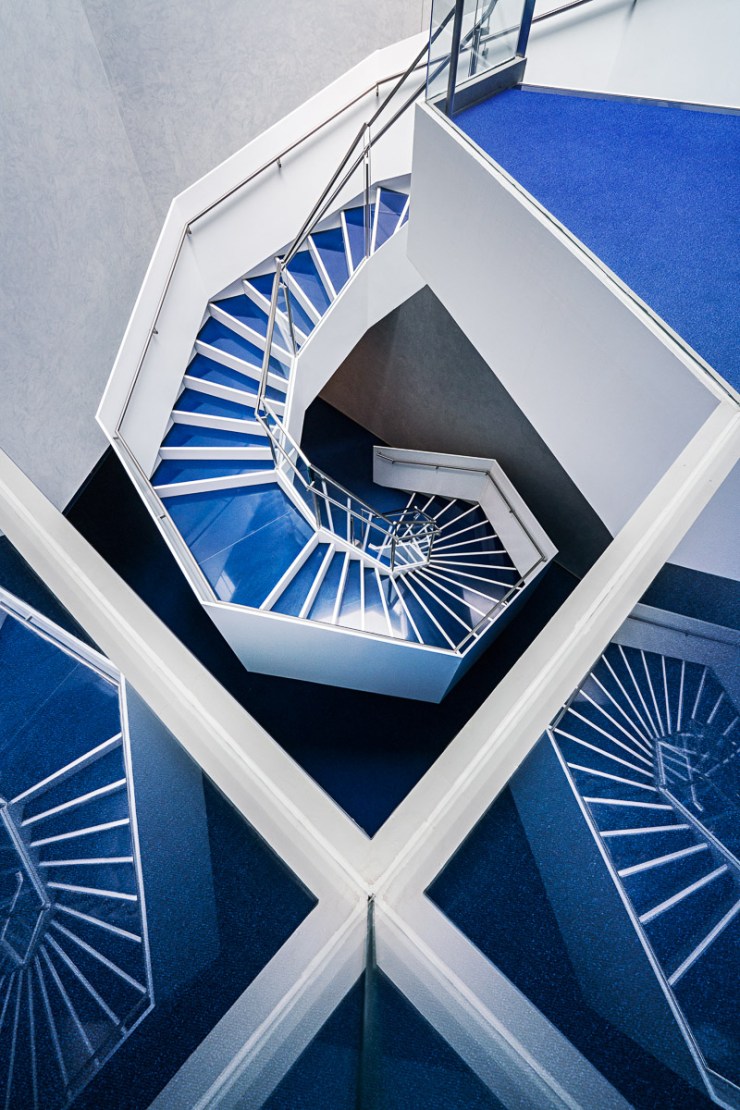
Using a long lens to isolate details is a great way to create abstract images. Once you remove the realistic part of architecture, you can be very creative with composition, orientation and make images that will make the viewer wonder, “what I am looking at?”
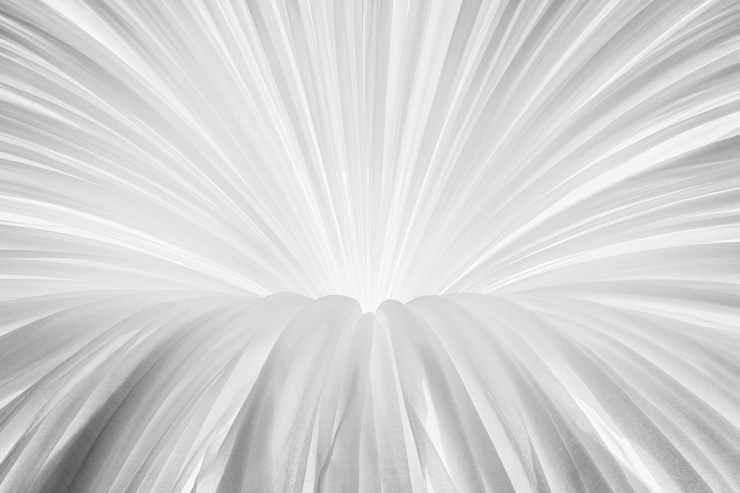
A very popular style of architectural photography in the past few years has been long exposures. Images are usually wider exterior composition, that includes the sky. A long exposure (often two to five minutes) using neutral density filters allow fast-moving clouds to become blurry and create streaks across the sky. The post-processing tends to be dramatic and in black and white.
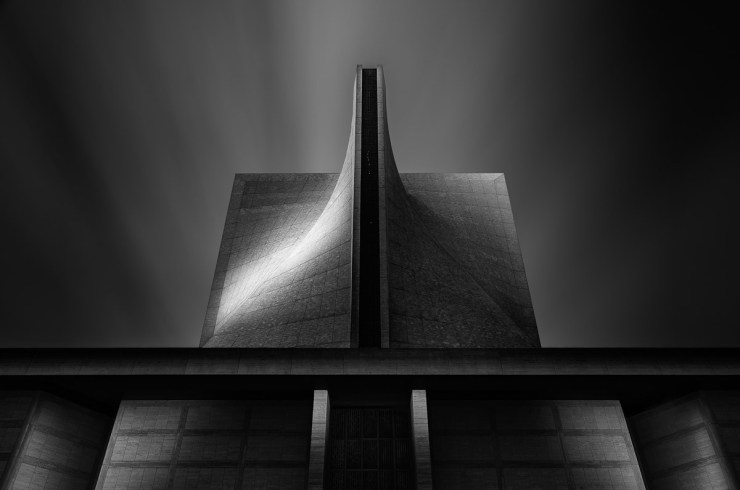
We’ll explore some of these genres in more details over the next few months. What is your favorite way to photograph architecture? Did I forget any?
Tell your story with the second annual Visual Storytelling Conference!
Experience four days of interactive, online training sessions featuring a range of educational content with experienced photographers and content creators. This free event kicks off with a series of technical boot camps to build essential skills, followed by live, online sessions on photography, video, business and social media. Join live from March 10-13, 2022!
